Log in or create new account to save this product to your wishlist.
Springtime Lawn care: how to bring your lawn out of hibernation
Your lawn will be a little tired after the winter. So check out our springtime lawn care tips to help revive it for the coming year.
Latest articles
7 MIN 22 Jul How to keep your lawn in shape this summer 9 MIN 15 Jul Watering Your Garden: 10 Top Tips! 11 MIN 15 Jul Is Your Grass Type Right for your Garden? 11 MIN 10 Sep Create Your Low-Maintenance Garden – Tips and Ideas 11 MIN 08 Sep The Ultimate Guide to Choosing the Perfect Hedges for Your Garden 12 MIN 30 Aug The Top 20 Evergreen Climbers to Transform Your GardenHave you noticed it as well? If you sniff the air, you catch that distinct whiff of springtime? We might still be experiencing fairly grotty weather, but the general temperature is rising. And – if you look closely – you might observe that the daffodils and crocuses are beginning to emerge from their slumber. It’s time for some springtime lawn care.
- Spring tip #1: fertilise
- Spring tip 2: scarify
- Spring tip 3: remove weeds
Ah, springtime! That feeling that the long winter is coming to an end.
But:
You might also have noticed that your lawn is looking a little tired. Maybe your grass has turned a pale green? Perhaps bald patches have spread, allowing weeds and moss to thrive and take over.
It’s high time to bring your lawn out of its winter slumber. And with these top lawn care tips, your grass will be ready for spring in no time!
Spring tip #1: fertilise
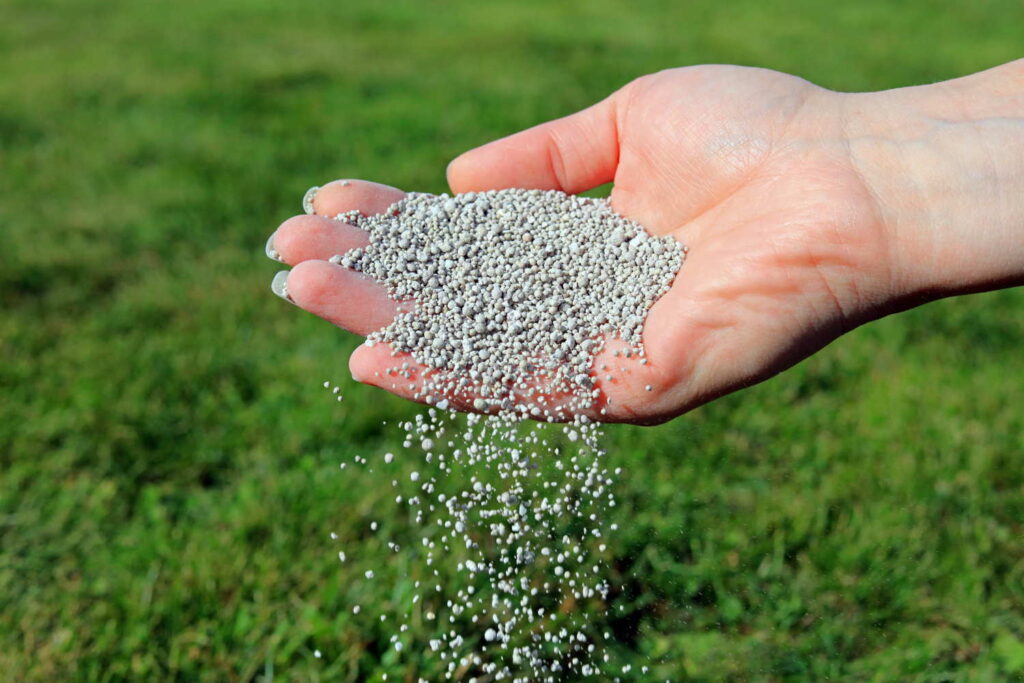
Rain, frost, sleet, snow, hailstone, and the endless cold. In short, your lawn has a lot to endure during the winter. So, it’s hardly a surprise it needs a little help in spring.
And because the weather has been unpleasant, you probably haven’t done any maintenance tasks in your garden at all. We’re not judging you! We’re all in the same boat.
Because winter creates a perfect storm for weeds, pests, and moss, which have a party in our lawns over the winter. And one big problem with weeds is that they drain the soil of its nutrients.
Springtime, therefore, is the time to address the problems that inevitably develop while we’ve left our lawn to its fallow. In short: springtime is time to fertilise.
I recommend that the first fertilisation of the year be with iron sulphate, which attacks moss and restores the vibrant green to your grass blades. Iron sulphate helps improve the cell structure of your grass plants, helping them recover from their winter slumber.
MOOWY’s 2-in-1 moss killer and fertiliser will kill off the moss and fertilise your lawn at the same time, making it excellent preparation for scarifying a few weeks later.
Whatifying?
Scarifying. Read onto Tip 2.
Spring tip 2: scarify
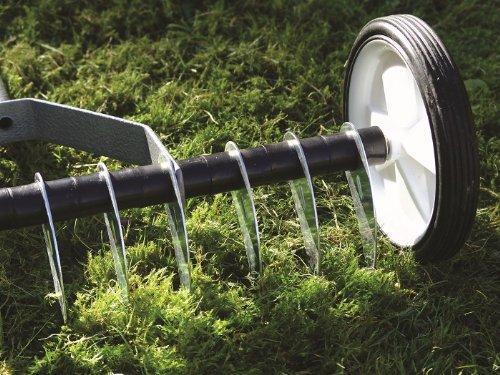
A thatch layer forms over your lawn’s surface during the winter months. This occurs due to dead organic material that hasn’t fully biodegraded, along with moss that develops during the wet, cold winter.
This thatch layer presents a significant problem for your lawn because it tends to choke the soil, starving your grass plant’s roots of oxygen.
Scarifying is the process of removing the thatch layer with a rake or scarifying machine. This gives your grass room to breathe and grow. And while scarification is quite a destructive process initially, your grass will grow back beautifully within a couple of weeks.
Check out our expert article on scarifying. And find out how, when, and why you should do it!
Spring tip 3: remove weeds
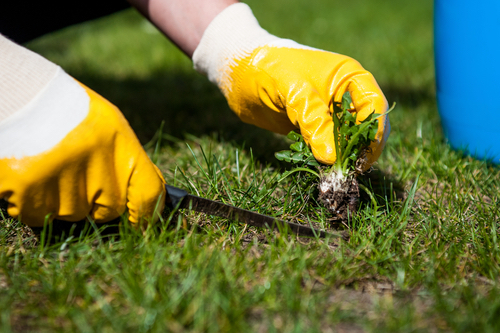
Weeds are prone to making the most of your lawn’s winter slumber. And clover is one such stubborn weed that easily survives the harsh conditions of winter.
Most weeds are unsightly, but clover tends to look relatively inoffensive.
But beware:
Weeds strip the soil of its nutrients, which weakens your lawn’s resistance to drought, disease, and fungi. And while it’s hardly the nicest of jobs, it’s essential to remove the weeds to give your lawn the best chance of springing back to its former glory in the spring.
Removing weeds by hand is probably the quickest way, but it can be a little back-breaking if you have a large lawn. And it’s essential to remove and kill the roots; otherwise, they’ll just grow back.
So, you might consider investing in a weed puller tool that grabs the weed down to the roots. Of course, this leaves an ugly bald patch on the surface of your lawn – don’t leave it; more weeds will grow in its place.
It’s absolutely crucial that you overseed wherever you’ve removed weeds – that’s sowing new grass seed over the bald patch.
Check out our expert’s guide to weeding your lawn, which also helps you identify the weeds in your grass.
Are you ready to get started?
We hope these tips will help your lawn spring back after its long winter dormancy. But if you have more questions, please don’t hesitate to get in touch.
Remember, maintain your lawn correctly: fertilise three times a year, sprinkle lime if the acidity level is too high, water when the weather is dry, and don’t forget to mow your grass regularly.
Happy gardening!
Leave a comment
Your answer will be displayed on the site and the interested party will be notified by email.
Leave a comment
Have a question or want to share your experience? Leave us a comment.
Read more
The best tips and tricks for a lush green lawn
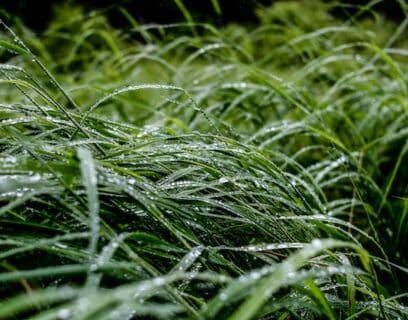 6 MIN
14 May
Can You Cut Wet Grass?
6 MIN
14 May
Can You Cut Wet Grass?
 Scarifying Kit
All products after scarifying | Quickly restores the lawn after scarifying | Outsmart weeds quickly with the use of this kit
From: € 39.99
Scarifying Kit
All products after scarifying | Quickly restores the lawn after scarifying | Outsmart weeds quickly with the use of this kit
From: € 39.99
 Spring Lawn Care Kit
MOOWY’s choice for the spring | Quick recovery of your lawn after winter | A strong lawn prevents weeds
From: € 25.99
Spring Lawn Care Kit
MOOWY’s choice for the spring | Quick recovery of your lawn after winter | A strong lawn prevents weeds
From: € 25.99
 Long Lasting Lawn Fertiliser
Effective for 90 days | See results in 14 days! | Suitable for all types of grass and soil
From: € 13.99
Long Lasting Lawn Fertiliser
Effective for 90 days | See results in 14 days! | Suitable for all types of grass and soil
From: € 13.99
Do you want a lawn calendar?
🌱 All important maintenance moments for your lawn during the year. Leave your email and we will send you the lawn calendar for free.
Enter your email
Receive the lawn calendar in the mail
Enjoy a green lawn all year round!




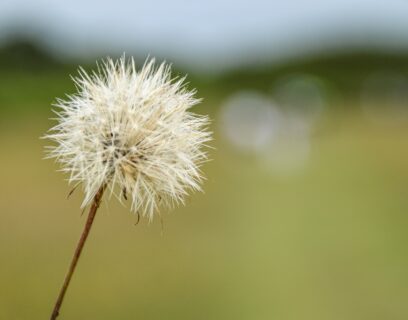
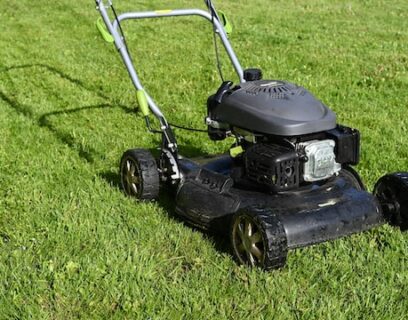





Comments (0)
There are no comments yet. Well then, what are you waiting for to
Be the first to write your comment!inaugurate this pretty page?
Do you have some comments?